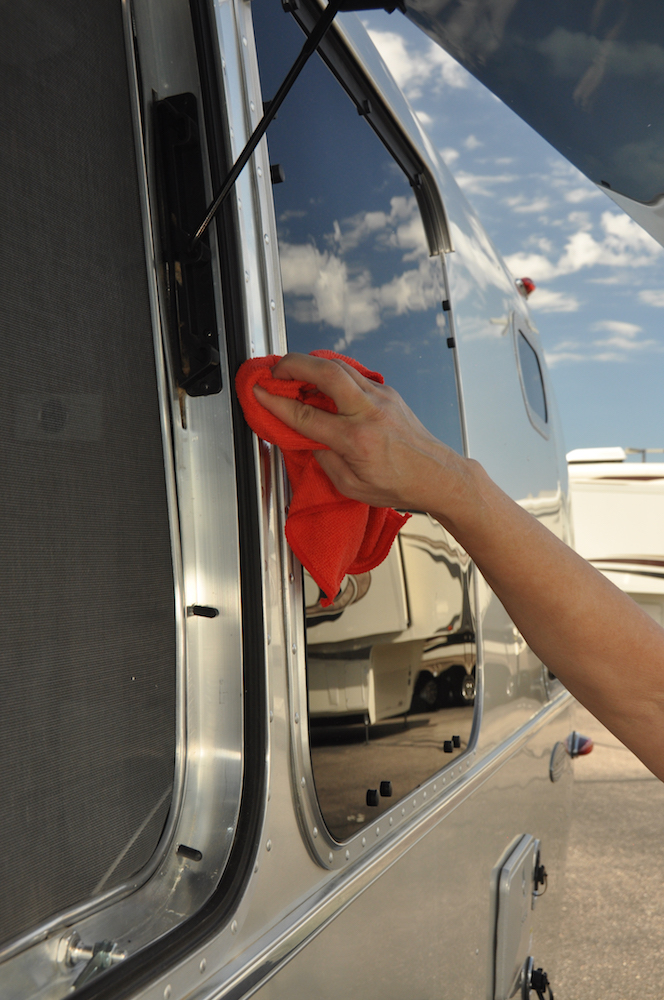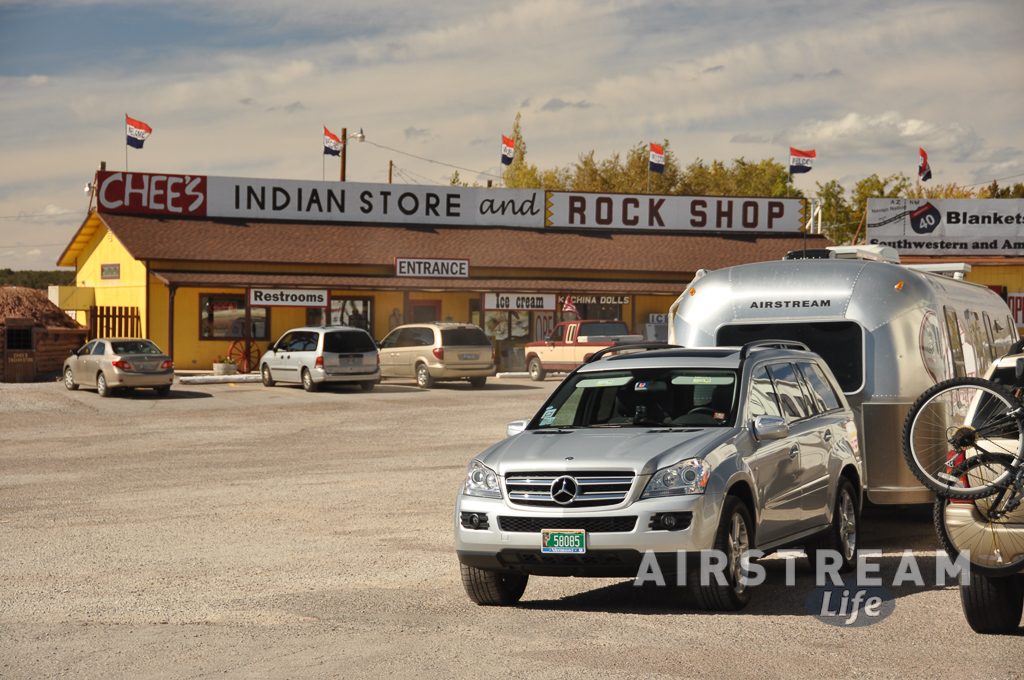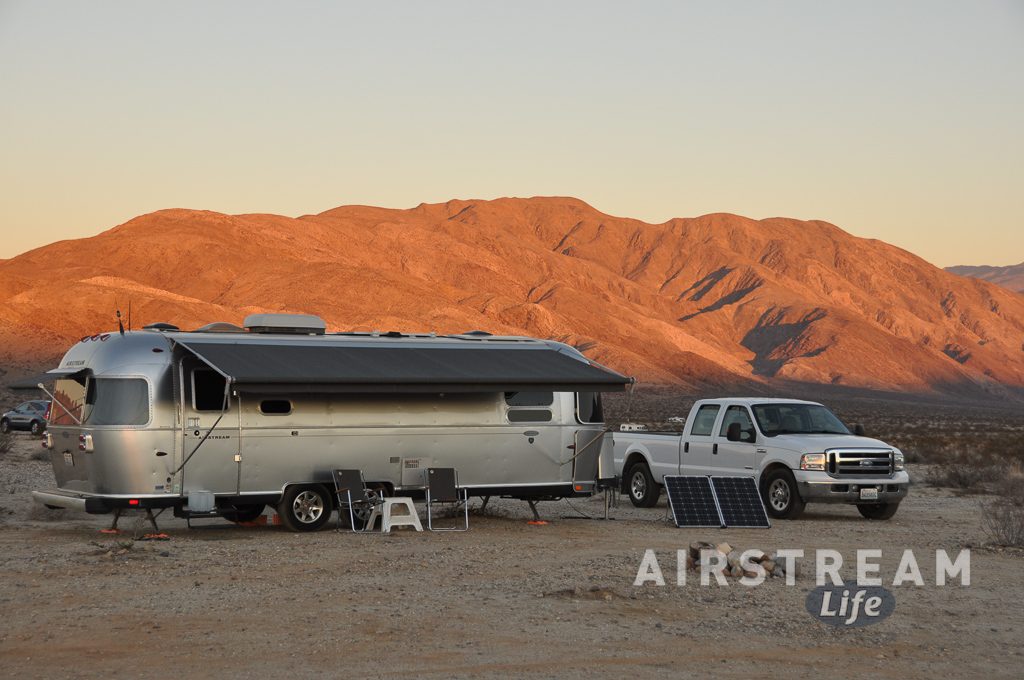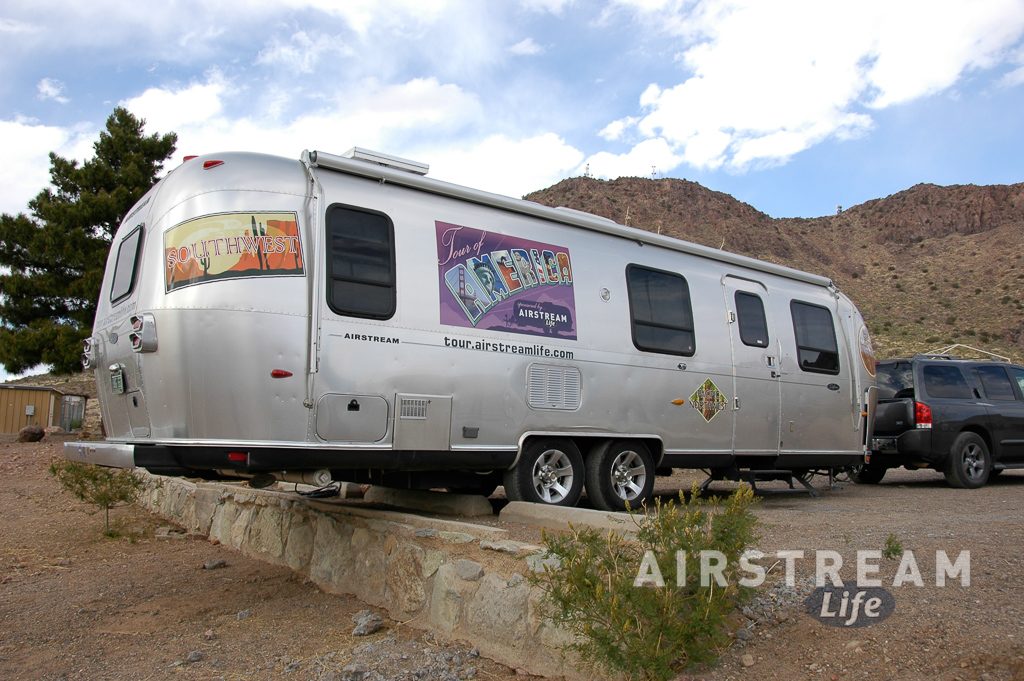Let me take a stab at guessing your current situation: You have been trapped indoors for far too long this winter, and you’ve listened to “Baby, it’s cold outside” far too many times on your Christmas-themed music streaming channel, and you’ve gone beyond “Covid fatigue” to something closer to Jack Nicholson in “The Shining”.
It’s time to warm up your brain and your toes simultaneously, somewhere outdoors where the sun shines regularly and snow is a concept practiced by distant people who actually like long underwear.

Fortunately, you have an Airstream so you don’t have to climb into an aluminum tube with 150 other people to go somewhere—you can hang out in your personal aluminum tube with just the trusted members of your personal Covid bubble.
If you have read any of my blogs in the past, attended one of my rally lectures, subscribed to Airstream Life magazine, or bought my book “Explore” you know that I’m a huge admirer of America’s National Parks. So where do I go where I want to get far away, warm, and outdoors? Here are my top 6 national park picks from east to west:
Florida: Everglades National Park. You can find reliably warm weather just about anywhere below Interstate 4 in Florida, so that’s not the challenge. But there’s nothing quite like the Everglades for a unique camping and exploration experience.
The wildlife is absolutely incredible, especially the birds that seem to pose for photos everywhere—and the alligators.
Take an airboat tour or a Ranger-led hike to see beyond the campground. The Everglades are a place full of hidden mystery that can only be understood when you step off the rare spots of dry land and out into the trackless river of grass.
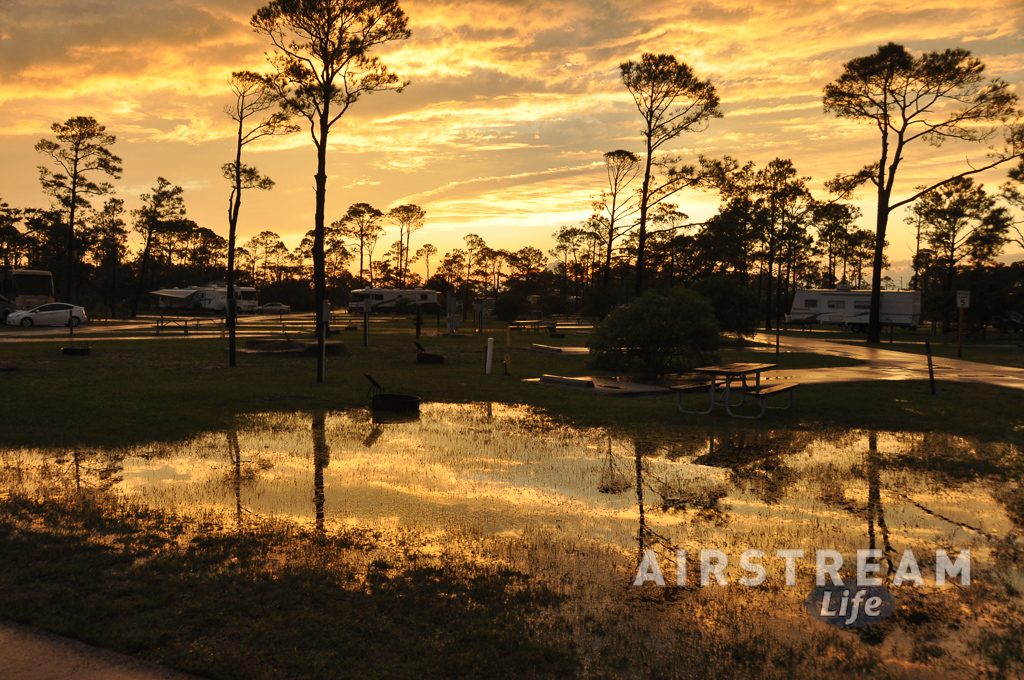
Florida: Gulf Islands National Seashore. Much of Florida’s panhandle is beach and there are quite a few great state parks visiting that give you access to the seashore. The big daddy of peaceful beach life, in my opinion, is the Gulf Islands National Seashore, a reserved portion of pristine barrier island near Pensacola. (There’s also a section offshore south of Biloxi MS, reachable by ferry from Gulfport.) You won’t find casinos and condos lining the beach there—but you will find a lot of sea oats and wide open beaches that invite long aimless walks.
Two campgrounds accommodate RVs in the Florida section. Check ahead on nps.gov for current conditions, as hurricanes often alter the barrier islands and cause limitations in camping or access.
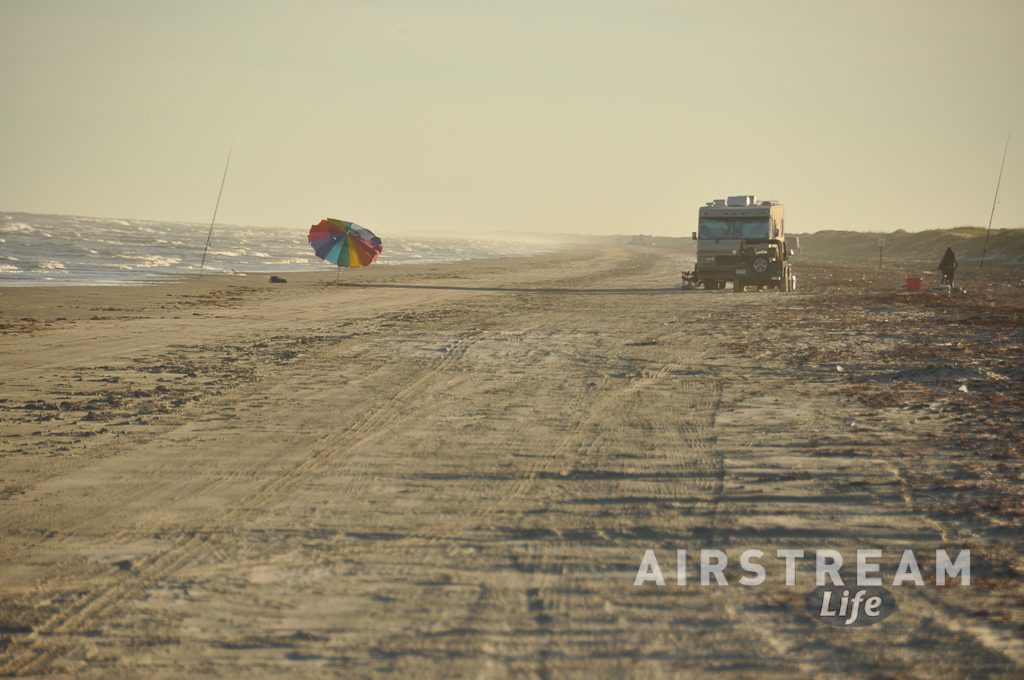
Texas: Padre Island National Seashore. Want the beach with an extra helping of solitude? Padre Island may be for you. It’s known for being “The Longest Stretch of Undeveloped Barrier Island in the World”. If you’re brave and prepared, you can camp anywhere on the first 5 miles of South Beach, right on the sand next to the waves. If you’re more cautious, there are two campgrounds close to the water. Check the details here. In either case, Padre Island is reliably warm, windy, and feels like the edge of the world.

Texas: Big Bend National Park. Like ’em big and complex? Big Bend has it all: three distinct ecosystems (river, desert, mountain), natural history (think geology like fossils and hot springs), human history (ancient native people, miners, settlers), and wildlife ranging from bear to javelina.
Big Bend is so big that it can easily be over an hour’s drive from one end of the park to another. Cell phones rarely work, so you’ll get plenty of time out of touch with the world. And it’s definitely not on the beaten path: even once you get to west Texas it’s long drive south from I-10 to the entrance of the park. You have to really make an effort to go there, but once you do, you’ll want to visit again.

Arizona: Organ Pipe Cactus National Park. This place is so lightly visited that reservations aren’t needed except during the peak January-March season—and even then the campground is usually not full. You’ll be right next to Mexico and the famous wall construction, so in addition to amazing natural desert beauty, you’ll have the opportunity to learn first-hand about the past and present of border life. (Hint: leave your preconceptions at the state line; things are different from what you read in the headlines.)
Don’t worry, it’s safe. I’m sure fear keeps many visitors away, but so much the better for you; this is a place that’s never crowded.
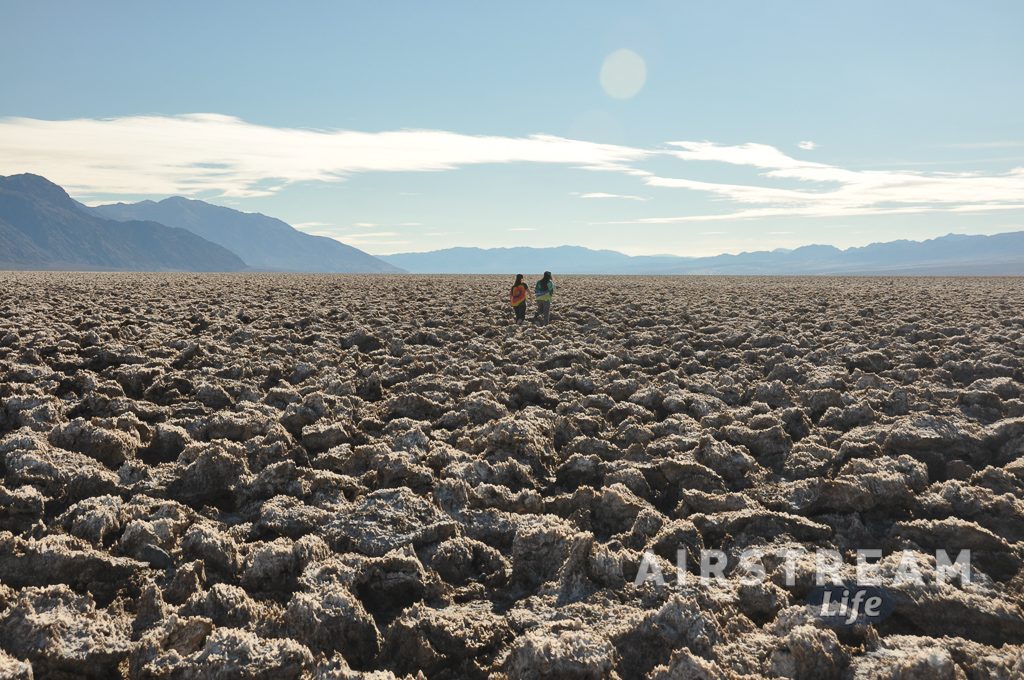
California: Death Valley National Park. Everyone knows Death Valley, which makes it well-visited, but since it’s such a huge park you won’t find crowds like the other popular western parks such as Yellowstone. You could visit in June when it’s 116 degrees but—call me crazy— I think January through March are great. You’ll need a few days to hit the many highlights, like Devil’s Golf Course, Badwater Basin, Scotty’s Castle, Ubehebe Crater, Zabriskie Point, and others.
Boondocking skills pay off here. The hookup campgrounds fill up quickly, but the more primitive campgrounds are big enough that there’s always space. That means you can drop in on Death Valley on your way from Arizona to California without worrying about advance reservations.
For more on any of these parks, the best and most updated source is always NPS.gov. There you’ll find current closures (particularly important this year due to Covid, border wall construction, and hurricanes), tips, and camping options. If your inner Jack Nicholson is tapping at the door, a virtual stroll through NPS.gov to plan a trip south will probably help you hang on until it’s time to hitch up and go.
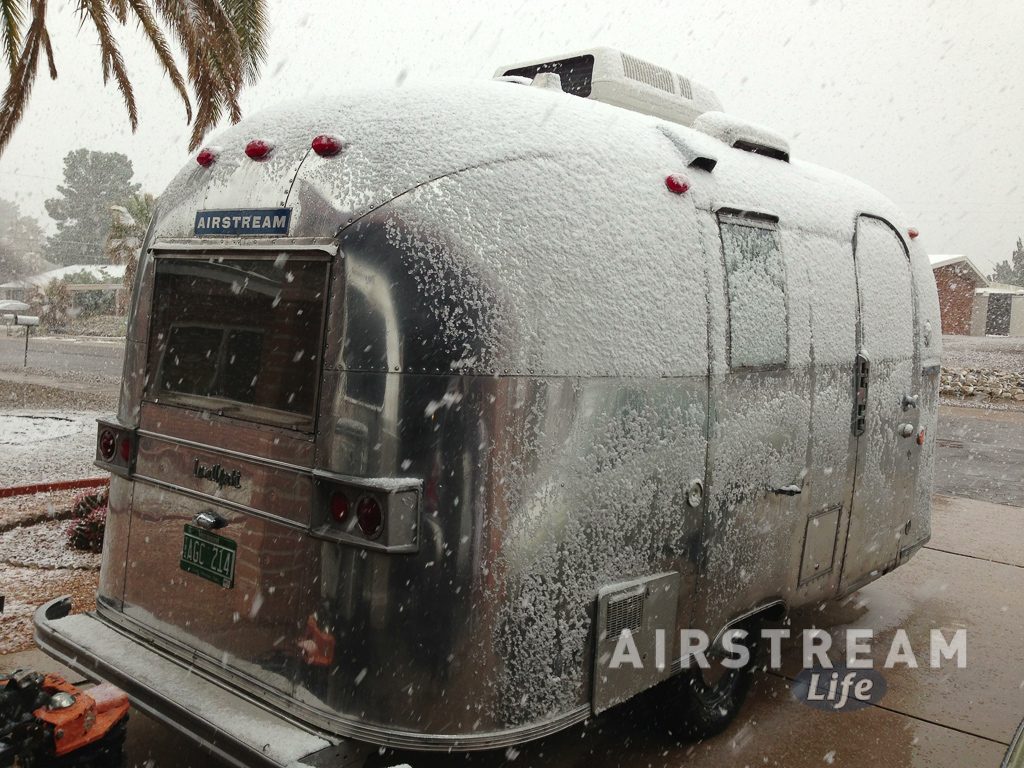 If you’re lucky enough to be in a climate that allows Airstreaming over the holidays, you might have a fun Christmas or New Year’s trip planned. Living in the southwest, I’ve done that many times—but I also remember very well those frigid years in the northeast when my Airstream sat immobile and frozen in the driveway.
If you’re lucky enough to be in a climate that allows Airstreaming over the holidays, you might have a fun Christmas or New Year’s trip planned. Living in the southwest, I’ve done that many times—but I also remember very well those frigid years in the northeast when my Airstream sat immobile and frozen in the driveway. 4. Share the joy with friends and family
4. Share the joy with friends and family
 You also don’t need to stock up on a lot of fancy lubricants. Most simple jobs can be done with common silicone spray, which is available in any hardware or auto parts store. We also use and recommend Boeshield T-9, because it quickly dries to a waxy, waterproof finish that inhibits corrosion and lasts longer. It also doesn’t capture dirt like grease does. (You can find Boeshield in the Airstream Life Store both as individual bottles and as part of our
You also don’t need to stock up on a lot of fancy lubricants. Most simple jobs can be done with common silicone spray, which is available in any hardware or auto parts store. We also use and recommend Boeshield T-9, because it quickly dries to a waxy, waterproof finish that inhibits corrosion and lasts longer. It also doesn’t capture dirt like grease does. (You can find Boeshield in the Airstream Life Store both as individual bottles and as part of our 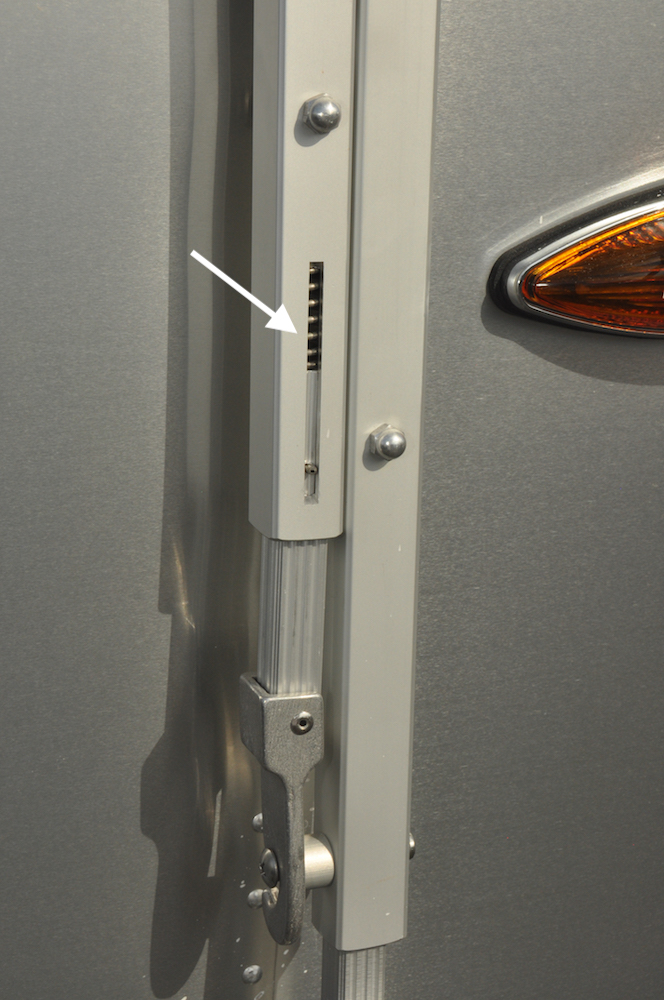

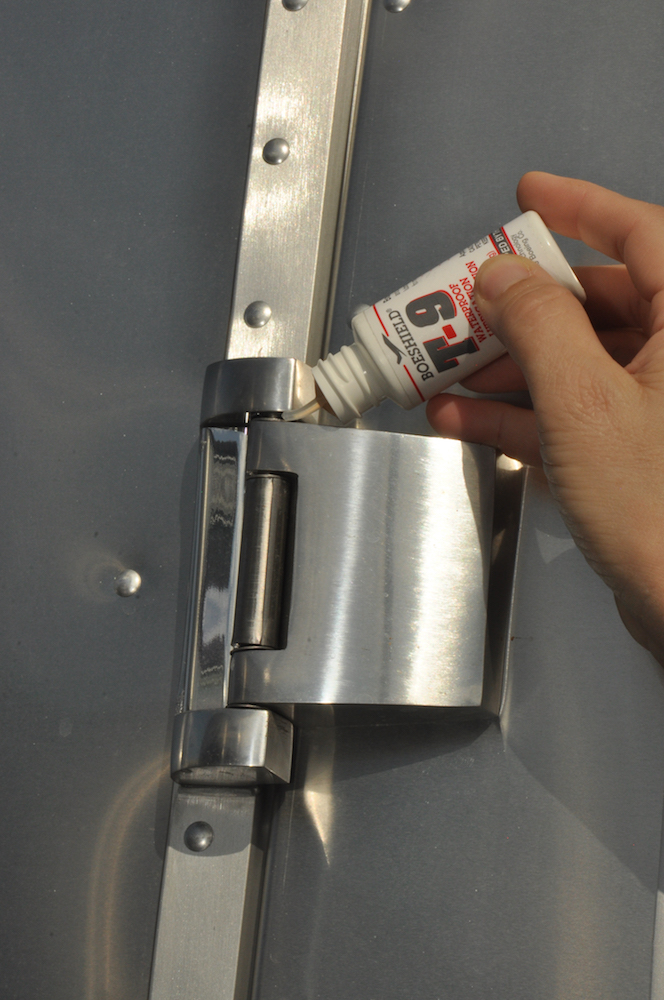 3: Door hinges. Your Airstream door should not sound like the entrance of a haunted mansion. But don’t use silicone here; it tends to make a messy black streak (the result of silicone and aluminum oxide mixing) that you’ll find after your first tow or rainstorm.
3: Door hinges. Your Airstream door should not sound like the entrance of a haunted mansion. But don’t use silicone here; it tends to make a messy black streak (the result of silicone and aluminum oxide mixing) that you’ll find after your first tow or rainstorm. 4: Folding entry step. The entry step doesn’t usually need much help, but if it’s making noise, generating black dust (on an aluminum step), or hard to move, it’s time to lube it up. Silicone or Boeshield can be used on the hinge points. Work the hinge a few times the way you did with the entry door.
4: Folding entry step. The entry step doesn’t usually need much help, but if it’s making noise, generating black dust (on an aluminum step), or hard to move, it’s time to lube it up. Silicone or Boeshield can be used on the hinge points. Work the hinge a few times the way you did with the entry door.